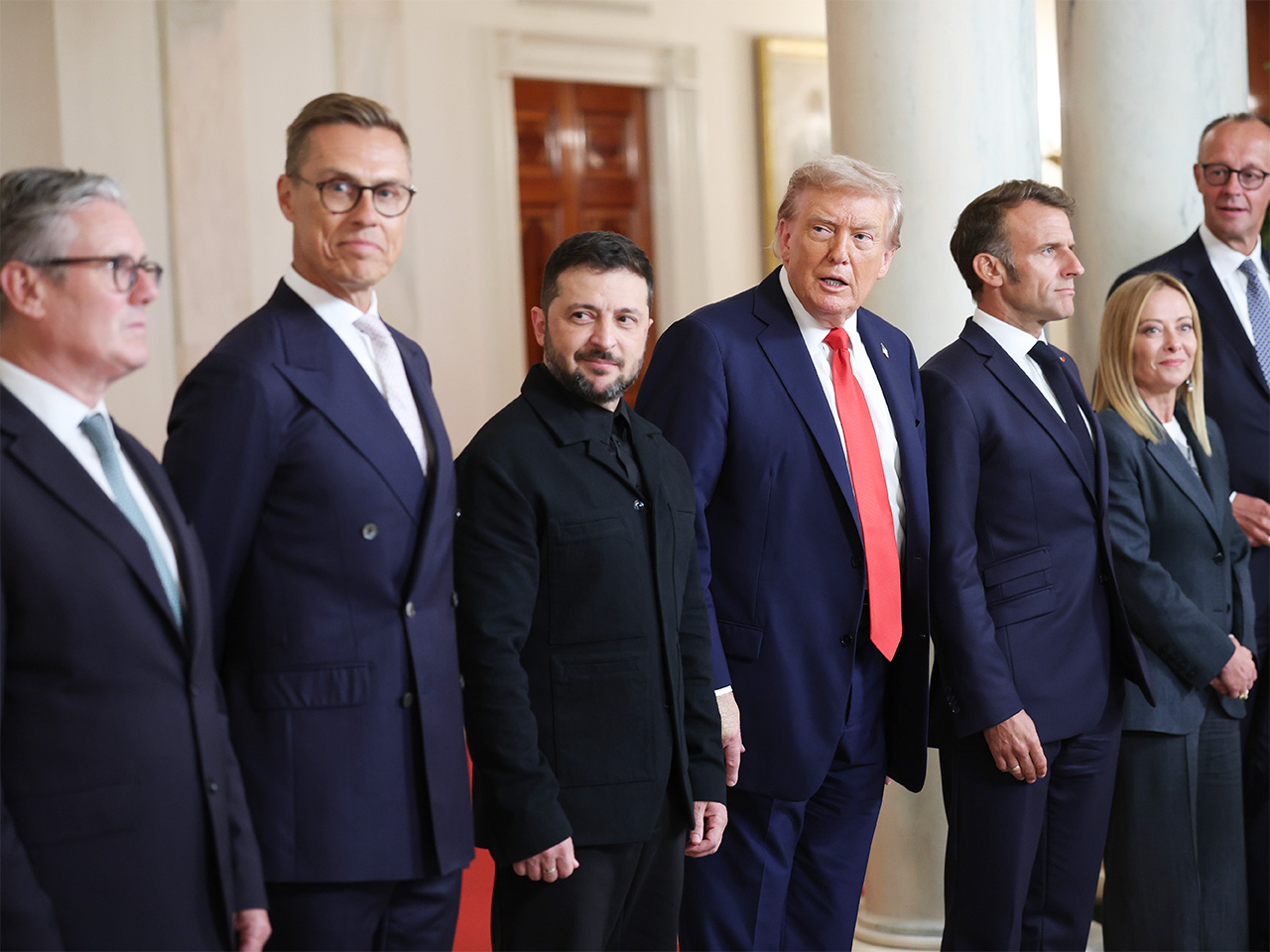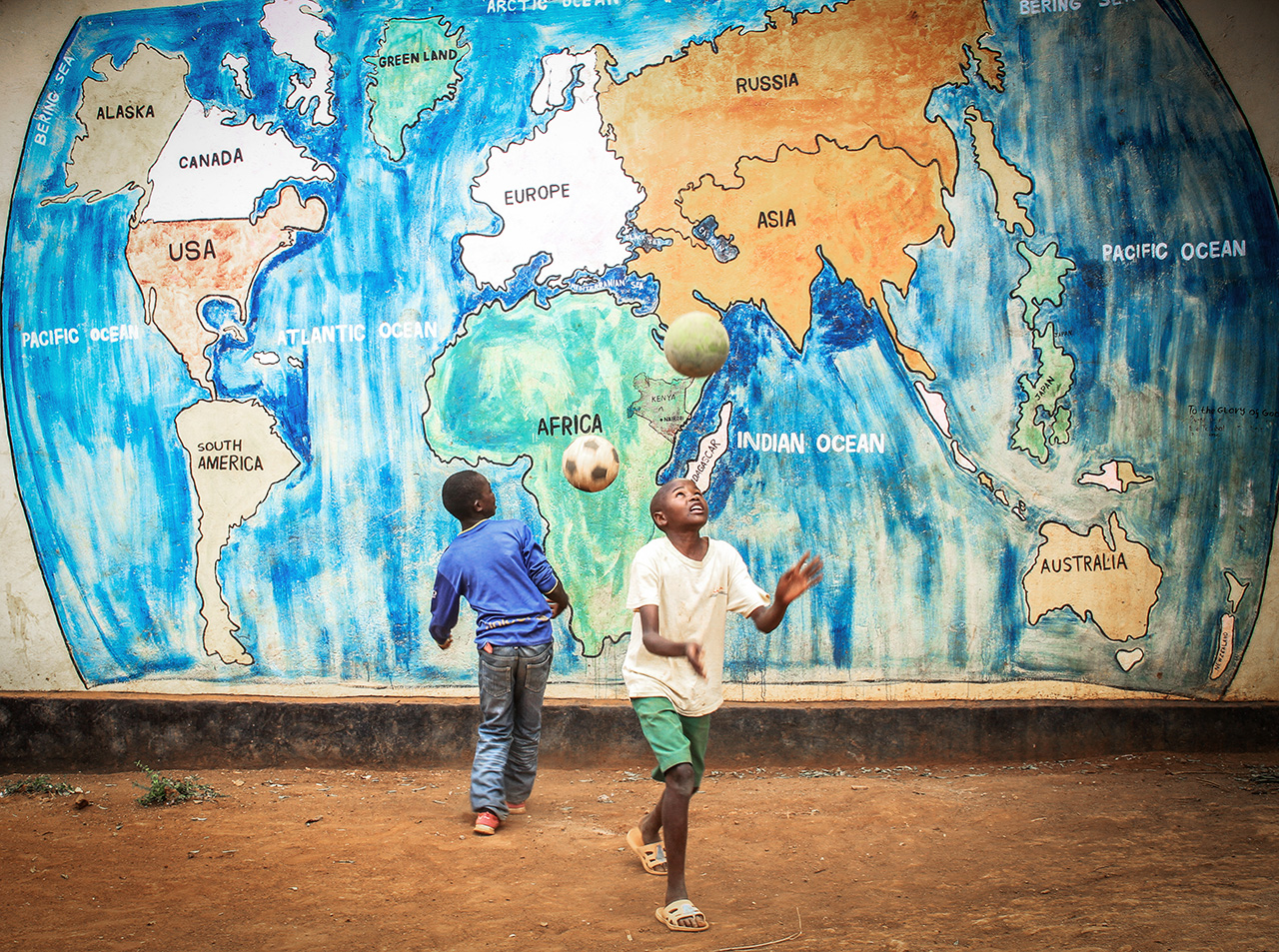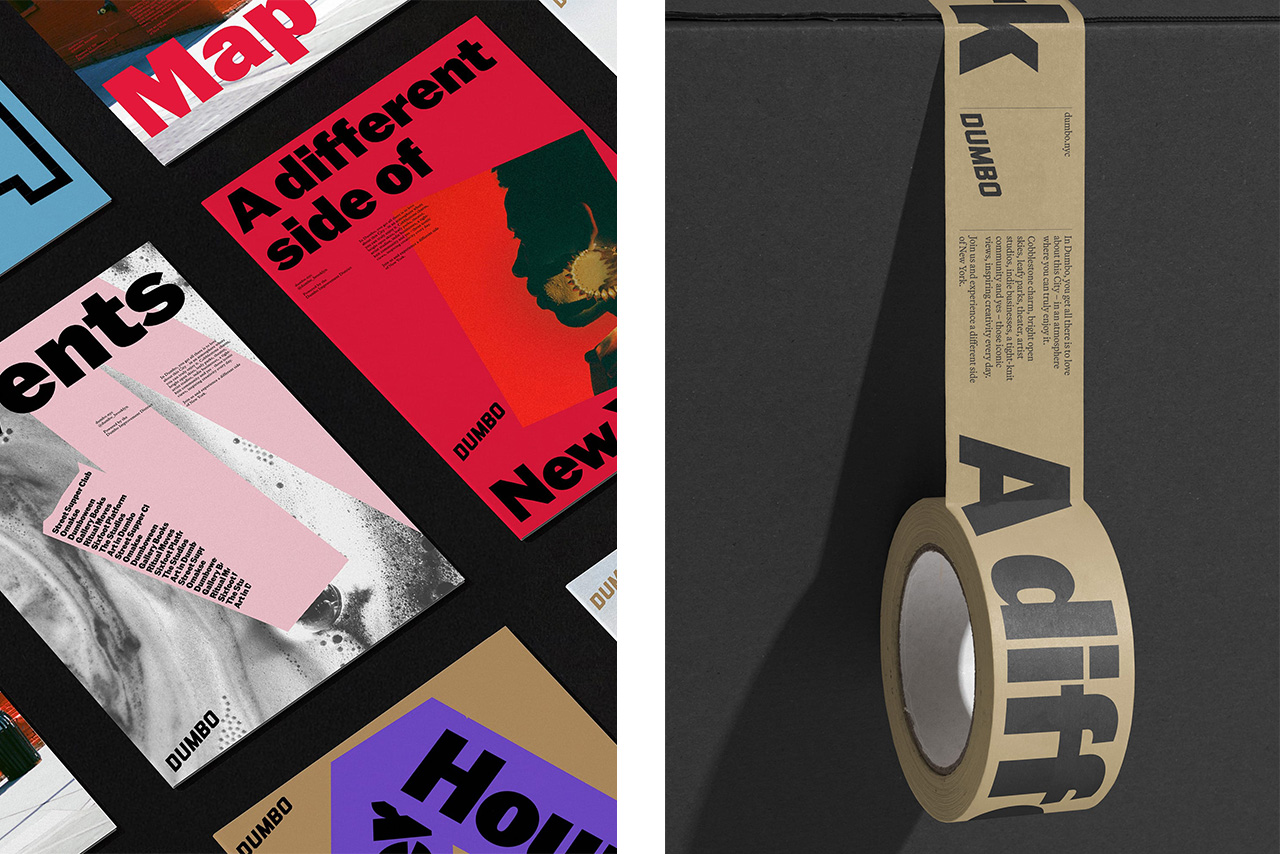The projects raising the bar in graphic design, the chair that makes comfort look good and does size matter on the map?
|
Wednesday 20/8/25
|

|
|
London
Paris
Zürich
Milan
Bangkok
Tokyo
Toronto
|
|
|
|

Good morning from Midori House. For more news and views, tune in to Monocle Radio or visit monocle.com. Here’s what’s coming up in today’s Monocle Minute:
THE OPINION: Putting friends first
SOCIETY: Does size matter on the map?
DAILY TREAT: The new chair you’ll be inclined to enjoy
FROM MONOCLE.COM: Three standout graphic designers
|
|
Who’s Alexander Stubb? How the Finnish president became Trump’s favourite
By Petri Burtsoff
|

|
Alexander Stubb didn’t wait for a journalist to raise the question. “Some of the international media might wonder, ‘Why is the president of Finland here?’” he said with a grin. On Monday, US president Donald Trump welcomed a bevy of leaders to the White House for crunch talks on a Ukraine peace deal. Alongside Ukraine’s president, Volodymyr Zelensky, there was the Nato secretary-general, the president of the European Commission and the leaders of France, Germany, Italy and the UK. Plus, Stubb, president of a country with a population of 5.6 million people. Yes, it has the bloc’s longest land border with Russia, and yes, it has a history of bloody encounters with Moscow. But Finland is not usually in the room with Europe’s key players.
So how did Stubb end up there? The answer is simple: he has aced the art of befriending Trump. While most European leaders have arrived to meet the president armed with bundles of briefing notes, the Finnish president showed up at Mar-a-Lago in March with a set of golf clubs. Stubb, a former national-team golfer, challenged Trump to a round and spent the day driving balls and buggies. By evening, the US president was boasting to the press about his “very good friend” from Helsinki. Since then, Stubb’s mornings have often included a catch-up call with Trump. According to some Washington gossips, senator Lindsey Graham calls him the “bridge between America and Europe” – perhaps an overstatement but proof that people in the US are recognising his influence.

Friends with benefits: Stubb (second from the left) with European leaders at the White House
Stubb’s success is not only down to his knack for hitting the green. Presentation counts. He is a former triathlete who still looks as if he could jog a half-marathon before lunch. His double-breasted suits and year-round tan wouldn’t look out of place at a Palm Beach garden party. In the Oval Office on Monday, Trump told him that he “looked better than ever” and introduced him as a “young, powerful man.” None of this is frivolous. Golf tees and flattery are the tools of survival in Trump’s Washington. After his own very public dressing down, Zelensky has realised this too. He wanted Stubb in the room because he thought the Finn might persuade Trump to take Ukraine’s plight seriously. And he borrowed a few tips from Stubb’s playbook: donning a smarter jacket and schmoozing the commander-in-chief.
But here’s the catch. Trump friendships have the shelf-life of supermarket sushi. Remember Macron? Once hailed as Trump’s best European buddy, the French president has ended up on the receiving end of tariffs and sneers. Elon Musk went from golden boy to public enemy number one in the time that it takes to compose a tweet. Stubb’s real test is still ahead. It seems that sooner or later Trump will strike a deal with Russia’s president, Vladimir Putin. If that deal comes at Ukraine’s expense, the man from Helsinki will face a choice: nod politely or say no. Stubb has already declared that he wouldn’t even take a phone call from the Kremlin. These are fine words but what happens if Trump himself presses the receiver into his hand? The golf course is one thing, a call from Putin another. For now, Stubb is enjoying the spotlight of presidential approval and being given a seat at the big boys’ table. But a time will come very soon when it won’t be Stubb’s swing that is put to the test.
Petri Burtsoff is Monocle’s Helsinki correspondent. To hear from Stubb, listen to our conversation with the Finnish president on why Nordic nations make such great mediators on ‘The Foreign Desk’.
|
|
SOCIETY: africa
The AU calls for African enlargement on the world map
Everybody understands that Africa is big (writes Andrew Mueller). It is arguable, however, that not everybody understands how big Africa is. Since the 16th century, geography textbooks and wall maps have relied substantially on the projections of Flemish cartographer Gerardus Mercator – in which Africa is perhaps not as prominent as it should be.

Size matters: Young boys playing in front of a wall map in Nairobi, Kenya
The African Union (AU) wants to change this. It’s backing a campaign called Correct The Map, which wants Mercator replaced with the Equal Earth projection. In doing so, the AU has endorsed the argument that the Mercator projection, in understating Africa’s relative size – to Europe especially – has also reduced Africa’s place in the general consciousness. The purely physical aspect of the argument is irrefutable. You would not necessarily know, from Mercator, that France would fit into Algeria four times, that you could cram six-and-a-half Germanys into the Democratic Republic of Congo, or that the (by African standards) tiny kingdom of Lesotho, recently mocked by the US president as a trivial irrelevance, is about the size of Belgium. Infamously, Mercator makes Greenland look bigger than Africa: it’s actually about one-fourteenth the size.
The argument that Mercator has thereby marginalised Africa in the global imagination is a tougher case to make (it did not, for example, make Greenland 14 times more famous). On most Mercator maps, Africa occupies a central position and is pretty hard to miss. Cosmetic change might or might not prompt meaningful policy reform – but it is always the case that the cosmetic stuff is easier, and likelier to get its proponents’ names in the papers.
|
|
• • • • • daily treat • • • • •
A new chair you’ll be inclined to enjoy
UK designer Jasper Morrison’s comfortable new chair for Hiroshima-based Maruni Wood Industry has the makings of a classic. The Arm Sofa (in truth a chair, also available as a two- or three-seater) is an extension of his cult Lightwood series that already includes a handsome constellation of hardwood dining chairs, sturdy stools and fetching tables.
While the Arm apes the line’s appealingly slender frames – available in maple or ash from sustainably managed forests – the chair’s added bulk gives it more presence than its predecessors. Some of that heft is added by comfy down cushions that are available in a range of finishes, while the gently angled back offers room to recline. We’ve got our eye on the wool Melange Nap in beige or blue.
jaspermorrison.com; maruni.com
|
|
Three new branding projects raising the bar for graphic design

The neighbourhood: Dumbo by DNCO, USA
How do you capture the essence of an entire neighbourhood (asks Carey Alborough)? This was the challenge faced by London and New York-based branding agency DNCO when rethinking the visual identity for Brooklyn’s Dumbo district. “The challenge was to reassert Dumbo’s character – not as a backdrop but as a bold, layered and forward-thinking neighbourhood,” says Luis Mendoza, DNCO’s managing director for North America. “For us, it starts with deeply understanding the place. Dumbo, home to our New York studio, is full of contradictions: industrial but imaginative, historic yet future-facing, polished and yet still rough around the edges. You don’t brand that with a single logo or slogan. You build a system that can hold all of that tension and express it dynamically.”
Keeping the original logo for continuity, DNCO created a graphic-tape motif inspired by the humble cardboard box, which was invented in the area. The tape visual directs the eye, adds movement and makes for a satisfying piece of motion design as the logo is pulled away. It’s a crafty nod to local history. A chunky sans-serif typeface of bold, bright colours provides a simple but refined look. “We never wanted the identity to feel sterile or overworked,” adds Mendoza. The new design is in use across a range of communications, from civic planning and social media to street signage and cultural programming. Playful and versatile, the rebrand successfully represents Dumbo as, in Mendoza’s own words, “a different side to New York.”
An Australian studio and a Hong Kong restaurant also feature on our list of best new branding projects – click here to find out more.
|
|
Monocle Radio: Monocle on design
Summer schools
We hear from Alexander von Vegesack, founder of Domaine de Boisbuchet – an international research centre for design and architecture in southwest France that hosts workshops for students and professionals.

|
|
Newsletter:
Join us
Welcome to our world
Has this been forwarded to you
by a friend? Sign up to The
Monocle Minute and Monocle
Weekend Editions to receive your
own bulletin of weekday news and
weekend treats.
| | |